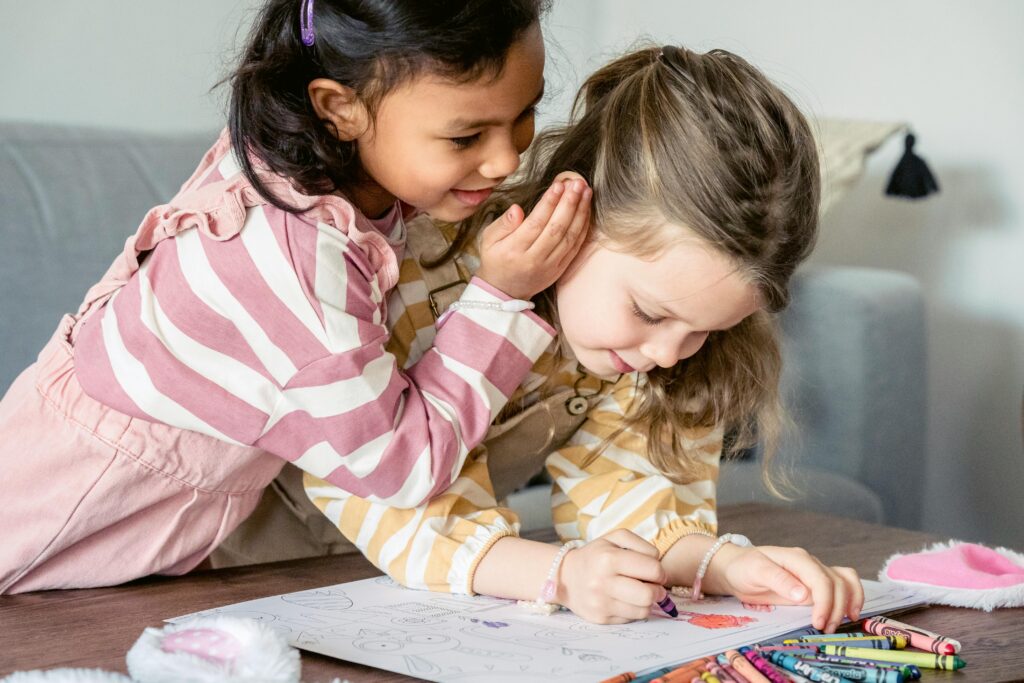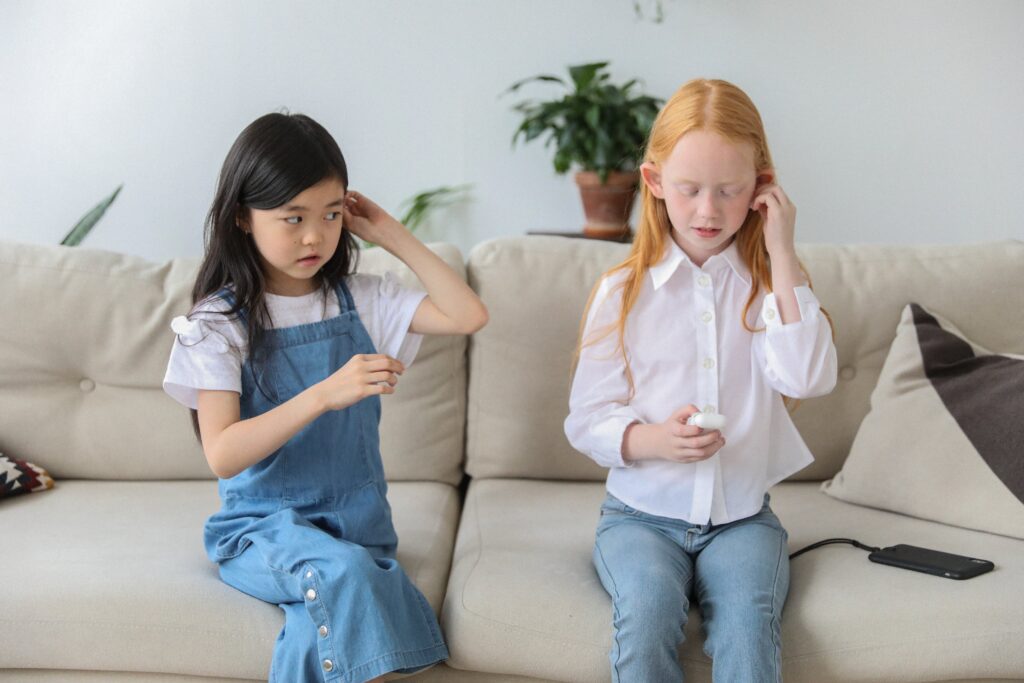Motor skill development is a critical aspect of childhood growth and can significantly impact a child’s daily life. Any hindrance or hiccups in motor skill development has far reaching consequences. Elliott and his parents came to know of this the hard way. Elliott is a 7-year-old boy facing motor skill challenges. His parents’ put tremendous efforts to support his development through his challenges. Let’s find out more about Elliott’s story.
Elliott was a bright and curious child who loved to explore the world around him. However, his parents, Tom and Lisa, began to notice that he struggled with certain motor skills that were age-appropriate for his peers. Simple tasks like tying his shoelaces, catching a ball, or even writing neatly posed significant challenges for him. Concerned about their son’s well-being and future, Tom and Lisa sought professional guidance.
Elliott’s motor skill difficulties were not only frustrating for him but also emotionally taxing for his parents. He often felt discouraged and excluded during playground activities, leading to a decline in his self-esteem. He was also quite clumsy, and would fall often and drop things. Tom and Lisa were determined to find a solution that would help Elliott overcome these obstacles and regain his confidence. But was there hope?






